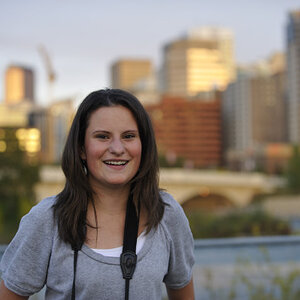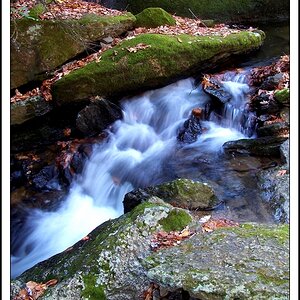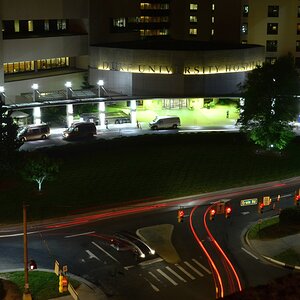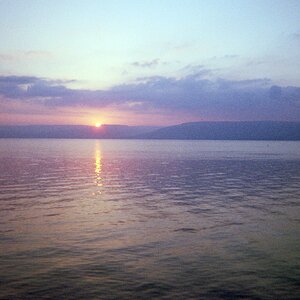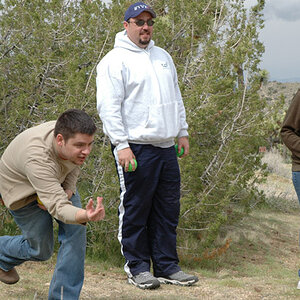fatsheep
TPF Noob!
- Joined
- Jan 2, 2008
- Messages
- 132
- Reaction score
- 0
- Can others edit my Photos
- Photos OK to edit
According to "Understanding Exposure", larger apertures (small F-numbers) on fixed-lens cameras are equivalent to much smaller apertures (large F-numbers) on SLR cameras. "Your fixed-lens digital camera is hopelessly plagued with the uncanny ability to render a tremendous amount of depth of field." (page 46)
He says that f/2.8 on a fixed-lens is equivalent to f/11 on SLR. He goes on to say that f/4 is equivalent to f/16, f/5.6 -> f/22, f/8 -> f/22, f/11 -> f/64. "Those of us who use SLRs can only dream of the vast depth of field that would result from apertures like f/64."
So apparently an aperture of a fixed-lens camera is equivalent to an aperture four stops higher on a SLR where depth of field is concerned. Why is this? I would think that SLR cameras which cost hundreds more then typical fixed-lens cameras would be superior in all ways.
My camera is a fixed-lens and goes up to f/13.6 so my depth of field at that aperture must be really large?
He says that f/2.8 on a fixed-lens is equivalent to f/11 on SLR. He goes on to say that f/4 is equivalent to f/16, f/5.6 -> f/22, f/8 -> f/22, f/11 -> f/64. "Those of us who use SLRs can only dream of the vast depth of field that would result from apertures like f/64."
So apparently an aperture of a fixed-lens camera is equivalent to an aperture four stops higher on a SLR where depth of field is concerned. Why is this? I would think that SLR cameras which cost hundreds more then typical fixed-lens cameras would be superior in all ways.
My camera is a fixed-lens and goes up to f/13.6 so my depth of field at that aperture must be really large?


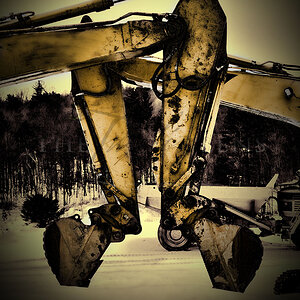

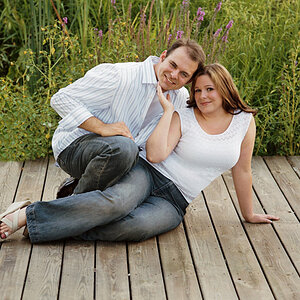
![[No title]](/data/xfmg/thumbnail/36/36301-27972c0474532c2ef657014362950733.jpg?1619737495)
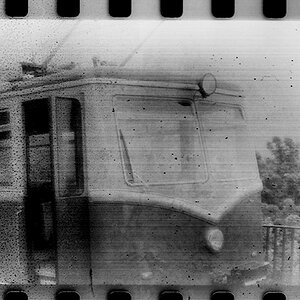
![[No title]](/data/xfmg/thumbnail/38/38263-ad5e4c9e677626ddb5b1e7cdf9ebe40e.jpg?1619738548)
